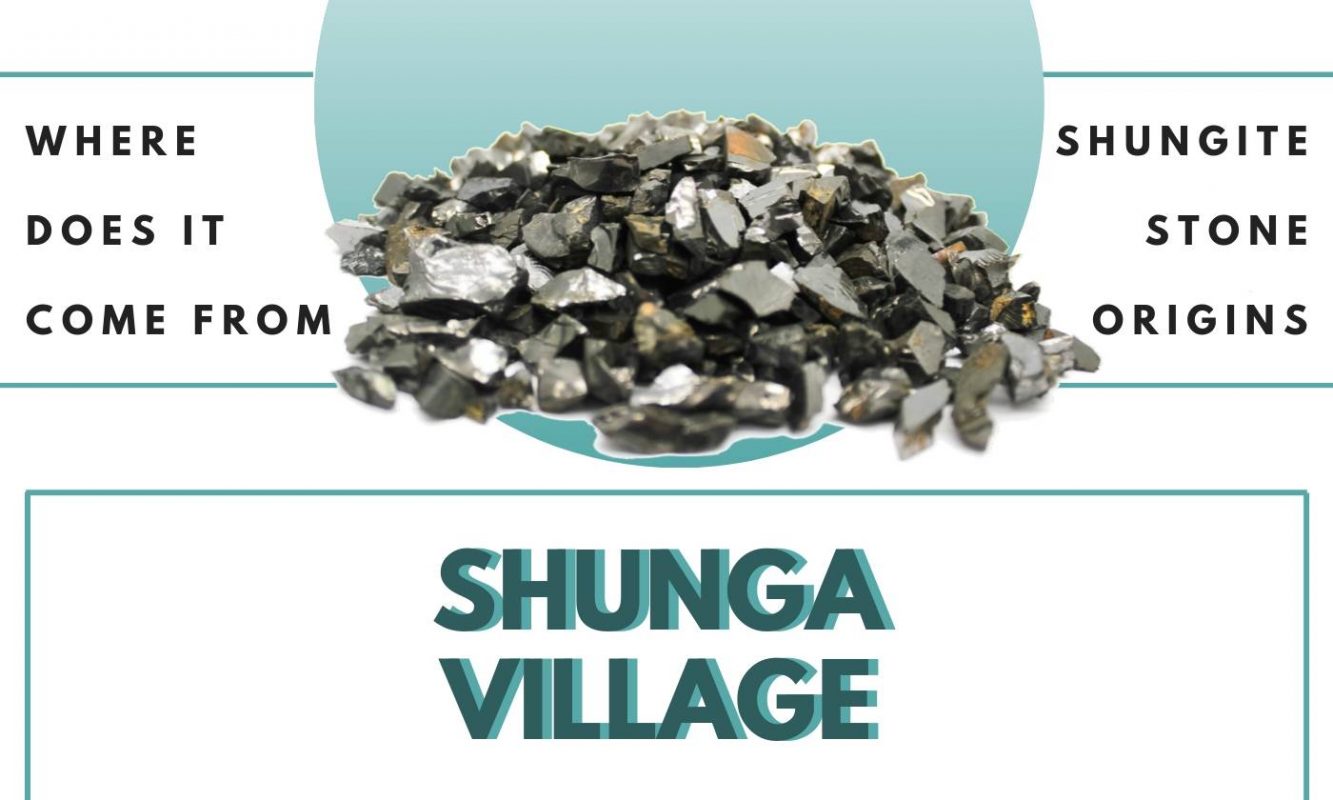Shungite Info
The Official Capital of Shungite: Where Does It Come From?
Shungite is getting more and more popular with each passing day and tens of thousands of people enjoy its healing and protective properties all around the world. With this popularity comes the natural curiosity of where this magical stone actually comes from. As you may already know, healing shungite is found almost exclusively in the Republic of Karelia in north-west Russia and the largest deposit of shungite in the world is located in Medvezhyegorsk district of Karelia on Zaonezhie peninsula and is called Zazhoginsky mine. Today we are going to talk about the settlement which is the closest to the home of shungite, which gave the name to our favorite miraculous stone – Shunga village.
Shunga is one of the oldest settlements in Karelia and the first mention of Shunga dates back to 1375. Still, Karelia wasn’t a very populated area back then, so there isn’t much information about how it was started and what life was like in Shunga in the 14th century. However, fast forward 100 years and you will find plenty of data on Shunga in the 15th century. The village actually become famous among the people of the Russian North and beyond as the site of one of the largest fairs in Russia (Rus’ back then) – the Shunga fair. The reason for that was its important and convenient location on a trade routes between the White Sea and Central Russia. This fact and the fair itself have turned Shunga into a relevant commercial post in the wild North. However, what should have made it a large city never played out that way and the village’s days of glory weren’t meant to last forever.
At the end of 19th century the industrial revolution came to Russia. Railway was now the major force in trade and commerce and it were the railways what plunged once important trade center into oblivion. It was decided that the trade post in the Northern seas would be Murmansk in the Kola peninsula, and it was to be connected by railway directly with Saint-Petersburg through Petrozavodsk in Karelia, which left Shunga aloof of trade routes, and with that, aloof of civilization and further development. Shortly after that it became obvious that Shunga fair cannot gather any audience and in 1930, 16 years after the opening of Murmansk railway, the fair was held for the last time in history.
Today, only about 600 people live in Shunga. It is mostly famous for its textile factory, which makes somewhat known embroidery called “Karelian patterns” and monuments to World War II heroes who died fighting here on the Karelian front. The village has less than 10 streets and it would have remained in oblivion forever if something peculiar hadn’t been discovered here.
Shungite, then without the name, was first discovered here in 18th century. The stone quickly gained its fame of a healing and purifying stone but it wasn’t until 1877 that it was first described in a catalogue of minerals and was given its name in honor of the nearest settlement. Now, the whole world knows it, and it all thanks to the small village in Karelian wilderness.
In Shunga, a large elite shungite vein on the ground has become a local landmark and is a state-protected sight. Shungite is revered by locals as a talisman and protector. Thanks to shungite deposits of Zaonezhie (and they are measured to contain as much as 1 billion tons of shungite) the water in nearby lakes and bays of the Lake Onega are one of the purest reservoirs on the planet. Shungite has always had a positive effect on the environment and nowhere it is more evident than in Shunga.
So that is Shunga, the official home of marvelous Shungite. We hope that with the popularity of shungite, the village will get its second chance and return to its former. Purchase shungite and touch the millennia of wisdom and knowledge of the North!


